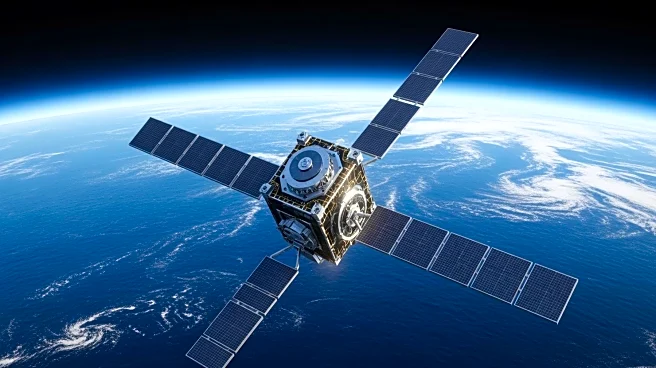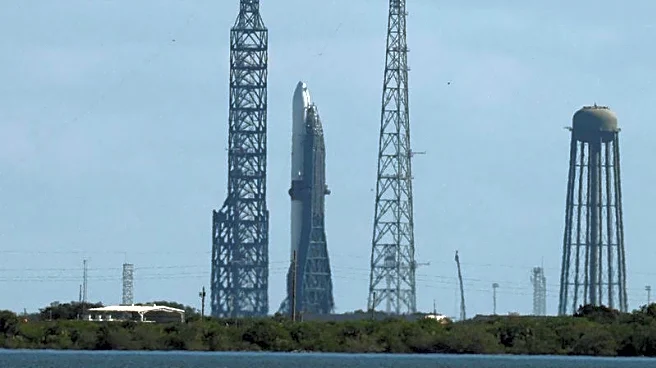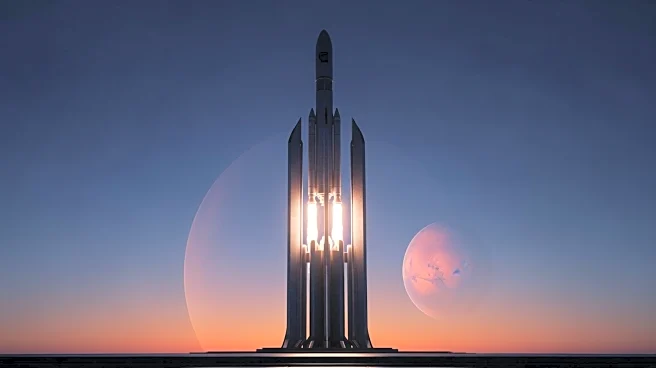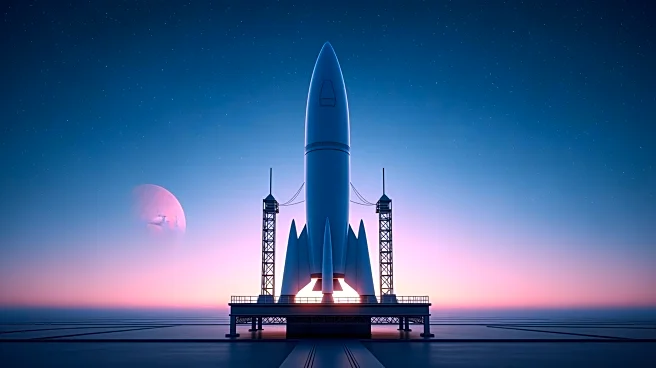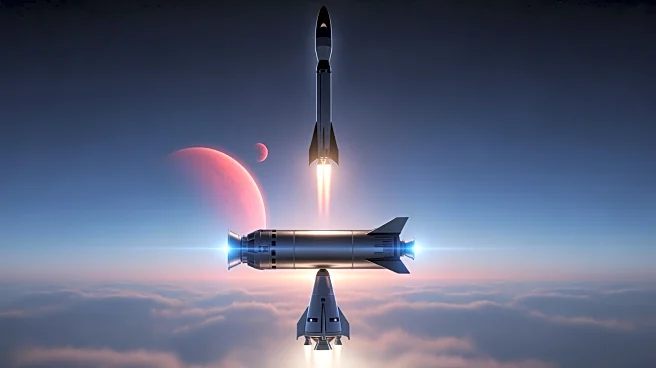What's Happening?
NASA and ESA are finalizing preparations for the launch of the Sentinel-6B satellite, designed to measure global sea levels and atmospheric conditions. The satellite, part of the Copernicus Sentinel-6/Jason-CS
mission, will continue the data record initiated by previous satellites. Launch preparations include testing solar arrays, fueling, and encapsulating the satellite. The launch is scheduled for November 17, 2025, from Vandenberg Space Force Base, California, using a SpaceX Falcon 9 rocket.
Why It's Important?
Sentinel-6B's mission is critical for monitoring sea level changes, which are vital for public safety, urban planning, and protecting commercial and defense interests. Accurate sea level data helps in understanding climate change impacts and aids in developing mitigation strategies. The satellite will provide continuity in data collection, ensuring that long-term trends in sea level rise are accurately tracked.
What's Next?
Following the launch, Sentinel-6B will undergo a series of tests to ensure its operational readiness. It will then begin transmitting data, which will be used by scientists and policymakers to assess and respond to global sea level changes. The satellite will eventually replace its predecessor, Sentinel-6 Michael Freilich, as the primary reference for sea level measurements.
Beyond the Headlines
The collaboration between NASA and ESA highlights the importance of international partnerships in addressing global challenges like climate change. The mission underscores the role of space technology in providing critical data for environmental monitoring and policy-making.
